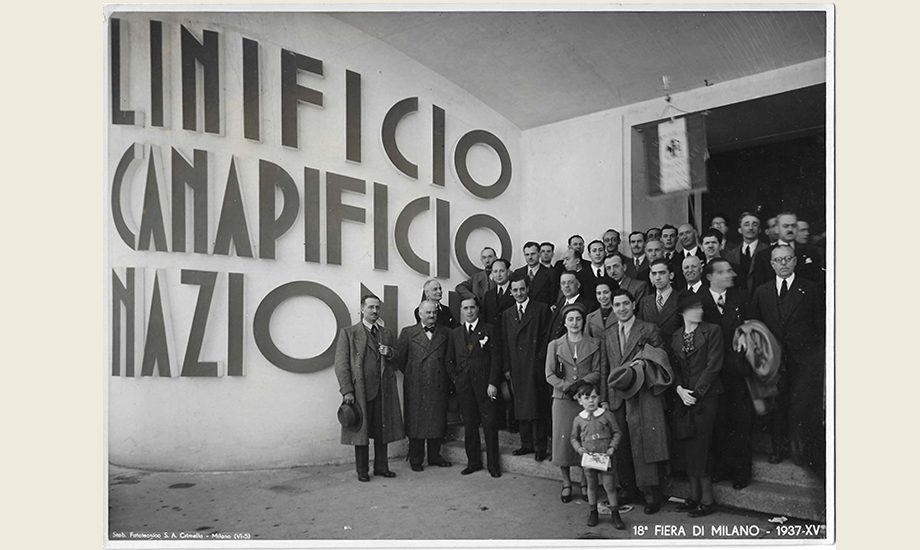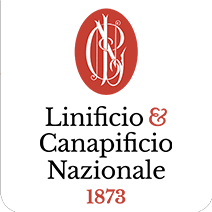

08 Oct 2024
The 1930s began with a significant turning point for Linificio e Canapificio Nazionale, which acquired the Bassano Bresciano plant and established S.A. Agricola Industriale del Lino.
This strategic move marked the beginning of an expansion process that would see the addition of plants in Chiari, Cavarzere, Senigallia, Macerata, and Fermo, while the Pontevico and Viserba facilities were transformed to adapt to the needs of an evolving market.
This operation not only strengthened the company’s presence in the territory but also significantly expanded its production capacity.
The innovations were not limited to production: during these years, new workers’ houses were built, and following a reform of the Ponti Foundation’s statute, a welfare organization was developed, demonstrating the company’s commitment to its employees’ well-being.
Successfully overcoming the global economic crisis, Linificio promoted the establishment of the Consorzio Industriali Canapieri, active until 1945. This consortium aimed to regulate prices and sales conditions, as well as standardize products and increase consumption.
In 1934, the company implemented a financial operation to reduce capital by purchasing and canceling part of its stock, and completed the merger between its subsidiaries Canapificio Veneto and Industrie Canapiere Italiane, further consolidating its position in the sector.
The 18th Milan Trade Fair in 1937 represented an important opportunity for Linificio e Canapificio Nazionale to showcase its products and establish new business relationships.
However, the Italo-Ethiopian War (1935-1936) brought with it a policy of autarky that severely affected the textile sector, imposing bans on the import of raw fibers such as linen and causing a contraction in exports.
In response to these challenges, it became necessary to increase Italian cultivation in the territories of Brescia, Veneto, and Marche, and a new plant was built in Ferrara, mainly dedicated to the production of packaging fabrics using processing by-products.
With the death of Senator Borletti d’Arosio in 1939, a decade of expansion and consolidation came to an end.
His successor, Giulio Sessa, already Managing Director and General Manager, faced the arduous task of guiding the company through the difficulties of the Second World War.

